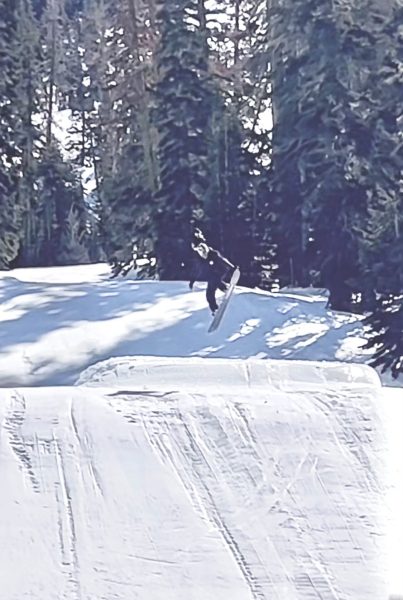Plans for the Yamhelas Westsider Trail
Proposed Rail-to-Trail
As signs popping up along the highways indicate, the proposed Yamhelas Westsider Trail is not without controversy. While supporters note that the trail has many potential benefits for the communities it will connect, those in opposition point out potential problems.
If completed, the Yamhelas Westsider Trail will convert the historic Westsider Rail Line into a 17-mile non-motorized, multi-use recreational trail running from just north of Highway 99W at Gun Club Road to just north of Gaston. It will link up with the State Highway Bicycle Trail to Forest Grove and Hagg Lake. Access will be available from the county roads it crosses and nearby Highway 47.
Supporters state that the trail will provide recreational opportunities for walkers, hikers, runners, bicyclists, and horseback riders. The cities of Carlton, Yamhill, and Gaston, situated along the trail, will provide opportunities for shopping, dining, and wine tasting. This is expected to bring a decent amount of tourist money to the towns. The trail will make a safe walking/biking path for students who need to travel between Carlton, Yamhill, and Gaston. It would provide another option to students other than riding the bus or getting rides from their parents and would certainly be more environmentally friendly.
Chad Olsen, Carlton’s City Manager, is a strong supporter of the trail. He believes that the trail will provide increased economic development and tourism opportunities for all communities along the trail where local residents and visitors will be able to shop and dine locally. In addition, at the community dialogue on June 8th, Olsen attended to officially represent the City of Carlton and state that Carlton supported the trail.
One local farmer is trying to remain neutral in this conflict, but has some concerns about the trail. He declared that, “The trail would run north and south, where it crosses Oregon Highway 240, along the west edge of property owned by our family. It would invite public access to where employees park, where we load trucks, where we store food processing equipment between seasons and where we handle & process food for human consumption. Food production is highly regulated and food safety is seriously inspected.”
Several farmers and landowners are opposed to the trail for a variety of reasons. According to local farmers, because of the trail being so close to their properties this might encourage people to trespass on their property, which if they got into the food storage or production area could contaminate the food. Many of them believe that the trail will encourage vagrants and homeless to sleep on the trail like they do on the Springwater Corridor in Portland. Planners are willing to work with landowners to find solutions to homeless problems. Yamhill County Sheriff’s office stated that along other similar trails, illegal activities have actually gone down due to the presence of more law abiding citizens.
Another concern of some county residents is the potential for higher taxes to pay for the trail. However, Brett Henry, Yamhill County Parks Manager, asserted that, “The majority of the costs are defrayed through state and federal grants, donations, and foundations. The county will only fund future trail projects by providing cash match to grants.”
The name “Yamhelas Westsider Trail” was chosen to reflect the heritage and embody the new use for this historic corridor. “Yamhelas” comes from the name of the Native Americans who lived in this area. “Westsider” was the nickname of the rail line when it was built in the 1870’s along the west side of the Willamette Valley. The Trail is meant to be a nice recreational area for students, local residents, and tourists. However, it may bring unforeseen consequences if it is not handled correctly.






Steve Evans • Jun 16, 2017 at 10:53 pm
This rail line was used to get to school in 50’s and 60’s. I ran home after practice from Y-C to south of Carlton many times. Organized bike rides and trail walks to connect wineries and cities businesses are possible. Many options like this in Europe and New Zealand. A great big thumbs up from one member of the class of ’68.